Blog
Kennedy funding ripoff report: Facts, complaints, and what borrowers should do
Published
1 week agoon
By
Owner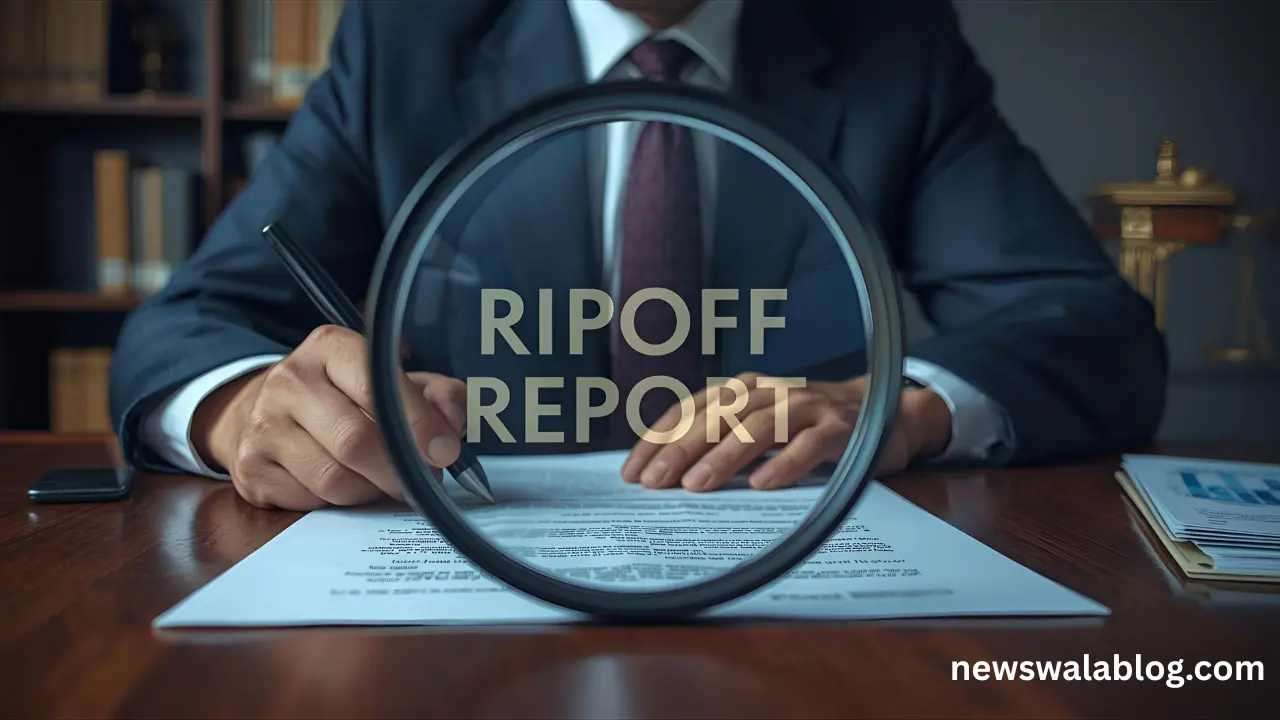
The phrase kennedy funding ripoff report has been circulating on forums, complaint sites, and social pages, and it’s understandable that borrowers and investors want a clear, practical explanation. This article walks through what those reports typically allege, what public records and company materials show, how to evaluate credibility, and the concrete steps you can take if you’re involved in a disputed deal. The goal is straightforward: give you usable information so you can decide—without panic—what to do next.
Who is Kennedy Funding?
Kennedy Funding is a direct private lender that markets short-term bridge and land loans to real estate investors. On its site the company highlights many years in lending and claims billions in closed loans, positioning itself as a fast, specialized funding option when traditional banks are too slow or restrictive. That positioning helps explain why borrowers turn to private lenders—but it also creates situations where expectations about fees, timing, and documentation must be handled carefully.
What people mean by “kennedy funding ripoff report”
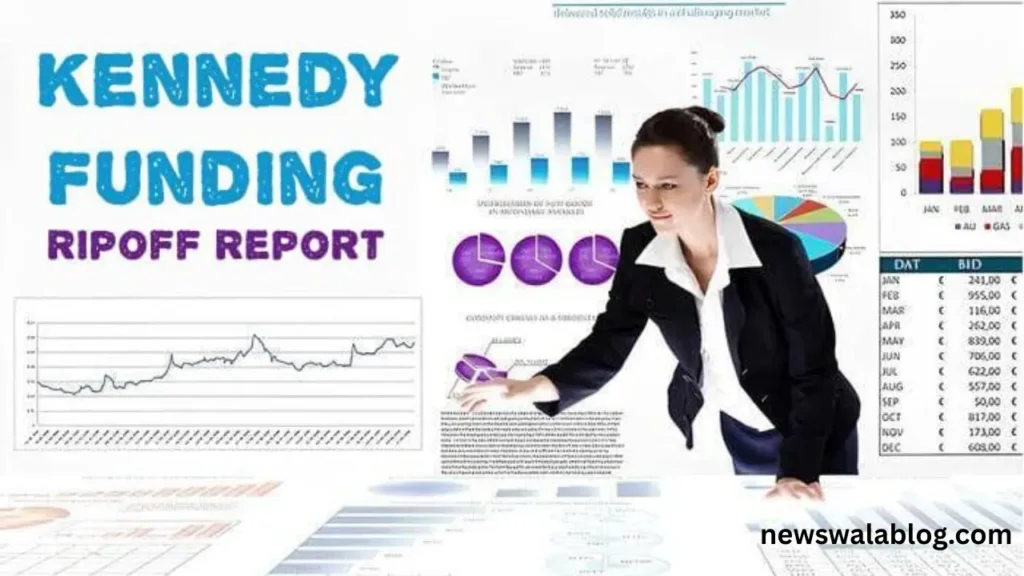
When someone searches for kennedy funding ripoff report they are usually looking for consumer complaints, negative reviews, or formal grievances posted on sites like RipoffReport, Reddit, and various blog aggregators. Common themes in those posts include unexpected or non-refundable fees, deals that did not close as expected, perceived lack of transparency about loan terms, and slow or unsatisfactory customer communication. These are the same complaint patterns that recur for many hard-money lenders—important to notice, but not automatic proof of fraud.
Legal record and notable cases
Public court records show that Kennedy Funding has been a named party in litigation over loan agreements and related disputes. One recent appellate matter involved a disagreement over contract interpretation and collateral identification, demonstrating that some business disputes escalated to federal court. Legal filings are the most reliable public source for what actually happened in a specific case, so if you’re concerned about a particular transaction, ask for docket numbers or case names and read the filings or opinions directly.
Consumer ratings and official listings
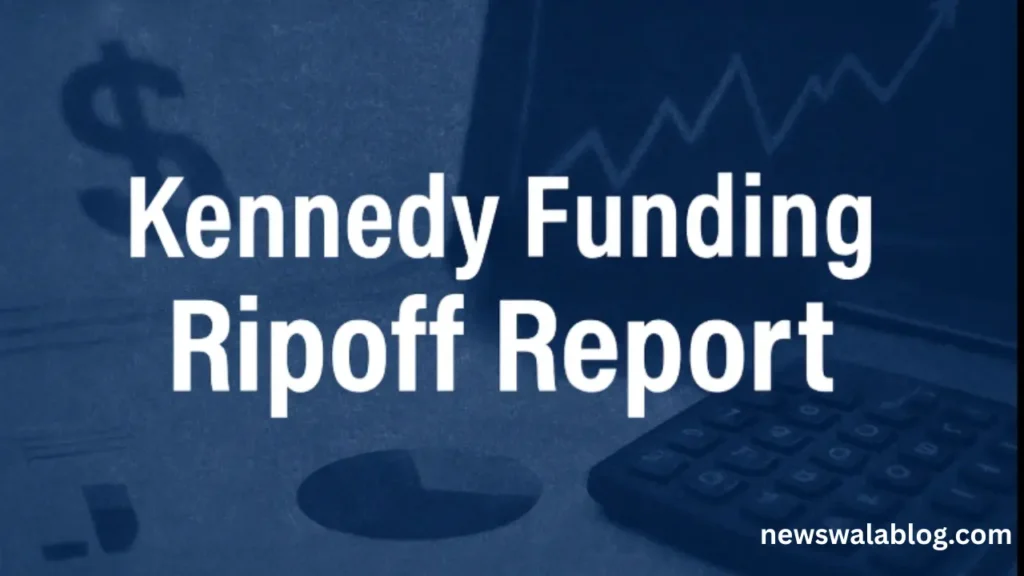
Independent watchdogs and listings provide useful context. Kennedy Funding appears in business directories and BBB listings where you can view submitted complaints, responses, and the business’s stated practices. These listings don’t determine guilt, but they do give a timestamped record of consumer concerns and the company’s replies—valuable when assessing a pattern rather than a single unhappy customer.
How to read a “ripoff report” claim critically
Not every negative post equals fraud. To evaluate a kennedy funding ripoff report claim, look for these markers: dates and timelines (did the complaint happen recently or years ago?), documentary evidence (emails, contracts, invoices), whether the poster pursued formal complaints or litigation, and whether multiple independent complainants report the same specific issue. Verified court filings or BBB exchanges carry more weight than anonymous forum posts. Cross-check claims against the loan documents you signed and any written communications you received.
Practical steps if you’re involved in a disputed deal

If you believe you’re the subject of a kennedy funding ripoff report situation, take these actions now: preserve all emails, agreements, and notes of phone calls; request written clarification of any disputed fee or term; compare the executed loan documents to what was promised in writing; consider sending a formal demand letter through counsel; and if appropriate, file a consumer complaint with the BBB or consult a qualified attorney who handles lending disputes. Timely documentation and professional advice are the difference between a solvable dispute and a costly fight.
How to avoid problems with private lenders going forward
Private lending moves quickly, and speed can mask important risks. Before signing: insist on a clear fee schedule, confirm whether any fees are refundable, get closing timelines in writing, verify lender licensing if required in your state, and ask for references from recent borrowers. If a search for kennedy funding ripoff report turns up multiple similar complaints, treat that as a prompt to slow down and seek independent verification. Shopping comparable offers from several reputable lenders will also highlight unusually high fees or odd contract language.
When a report is accurate—and when it isn’t
Some reports will document genuine harm; others stem from borrower miscommunication, unrealistic expectations, or transactions that went sideways for reasons unrelated to misconduct. The difference is in the documentation: a court judgment, an arbitration award, or a regulator’s finding carries far more weight than a lone online complaint. If you find a kennedy funding ripoff report about someone’s experience, treat it as a lead—verify details, date stamps, and outcomes—before assuming a broad conclusion.
Conclusion
Searching “kennedy funding ripoff report” is a smart first step if you’re considering or reviewing a loan with this lender. Public posts and consumer complaints highlight recurring themes—fees, communication, and closing issues—but they sit alongside company claims and actual court records. Use primary documents (contracts and court filings), official listings (BBB or regulatory records), and a lawyer’s review when stakes are high. With careful due diligence, many disputes can be identified early, managed, or avoided entirely.
FAQs
1. Is every “kennedy funding ripoff report” post true?
No—online complaints vary widely in accuracy. Check documents, dates, and whether formal legal action followed to verify claims.
2. What’s the quickest proof that a complaint is serious?
A filed court case, arbitration award, or regulator action gives the most reliable evidence beyond a single online post.
3. Should I file a BBB complaint?
Yes—BBB complaints create a public record and often prompt a formal company response you can use later.
4. How can I avoid unexpected fees with private lenders?
Ask for a written, itemized fee schedule before signing and confirm which fees are refundable if the loan does not close.
5. When should I get an attorney involved?
If you’ve lost money, received conflicting written terms, or the lender threatens aggressive legal action—seek counsel promptly.
read more: Foenegriek: Uses, Benefits & How to Use It
You may like
Blog
Prizmatem: A Practical Guide for Creators and Strategists
Published
2 days agoon
October 7, 2025By
Owner
prizmatem is a simple but powerful way to rethink how you organize ideas, data, and creative work. In this guide you’ll get a clear definition, usable principles, step-by-step implementation advice, measurement tips, and common pitfalls to avoid. Whether you’re a marketer mapping campaigns, a product designer planning features, or a content creator shaping narratives, prizmatem gives you a flexible, human-first framework to turn complex inputs into clear outcomes.
What is prizmatem?
At its core, prizmatem is a conceptual framework that treats an idea like light passing through a prism: the original input is analyzed, separated into meaningful components, and reassembled into targeted outputs. Unlike rigid methodologies, prizmatem emphasizes adaptation and clarity — it encourages teams to break down messy problems, isolate the most valuable components, and recombine them in ways that serve real human needs. The goal is not only efficiency but better communication: a working team using prizmatem produces clearer briefs, faster iteration cycles, and more persuasive end results.
Why prizmatem matters now
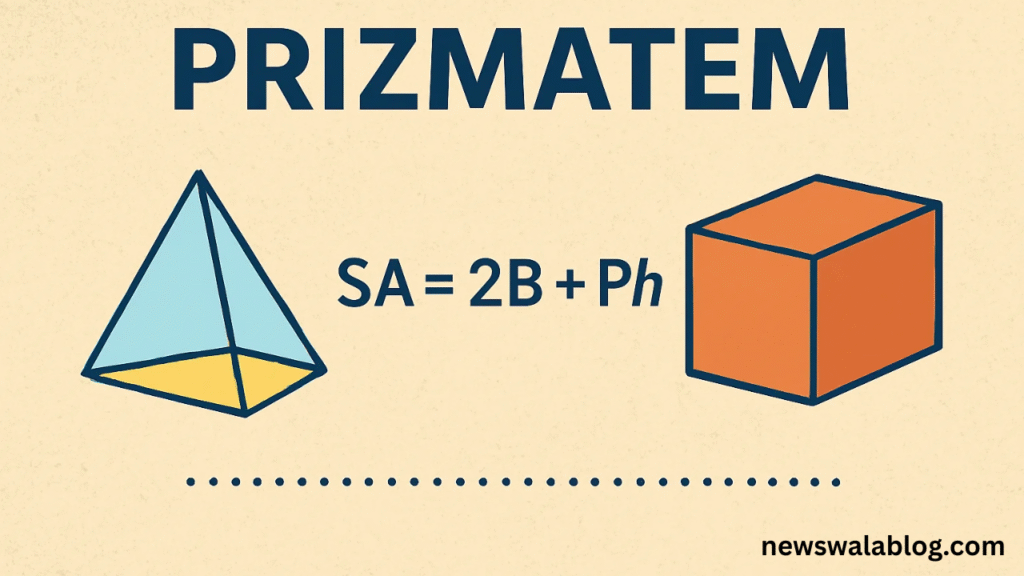
In an era where attention is scarce and choices are many, clarity wins. prizmatem helps you cut through noise by forcing deliberate separation and recomposition of ideas. When you apply this framework, stakeholders can see which parts of a project are strategic priorities, which are experiments, and which are safe to drop. This reduces confusion and improves decision-making speed. For teams under pressure to deliver measurable outcomes, prizmatem encourages focusing effort where it matters most and documenting the logic behind every choice.
Core principles of prizmatem
Three guiding principles make prizmatem effective in practice:
- Decomposition before judgment — Break the problem into components before deciding which to pursue.
- Human-first recomposition — Reassemble components around user needs, not internal preferences.
- Iterative clarity — Use short cycles to test recomposed ideas, then refine based on real feedback.
These principles ensure that the framework remains practical and not merely theoretical. By decomposing first, teams avoid premature narrowing; by recomposing with human insight, the outputs become relevant; and by iterating, the approach stays responsive to evidence.
prizmatem in practice: real-world applications

prizmatem shines across multiple domains. In marketing, use it to split a campaign into messaging pillars, audience segments, and distribution channels; test each pillar separately before committing to a full roll-out. In product design, decompose a feature into user needs, technical constraints, and business value — then recombine a minimum viable version that delivers the core value fast. For content strategy, apply prizmatem to separate topics, formats, and distribution windows so you can experiment on low-cost formats and scale what works. Across all these examples, the common thread is focused experimentation guided by human priorities.
How to implement prizmatem: a step-by-step approach
- Frame the input — Write a one-paragraph summary of the problem or idea you’re starting with.
- List components — Break that paragraph into distinct elements: user goal, emotional hooks, data points, constraints, and success metrics.
- Prioritize — Rank components by customer impact and ease of testing.
- Recompose — Create 2–3 small, testable concepts that recombine top components.
- Test fast — Run short experiments, collect qualitative and quantitative feedback, and log learnings.
- Scale or pivot — Keep what performs, iterate on what shows promise, and drop what doesn’t.
This repeatable process turns nebulous briefs into concrete experiments that produce clear insights. Teams that adopt prizmatem as a habit find that planning becomes less about long lists and more about meaningful, prioritized action.
Common mistakes and how to avoid them
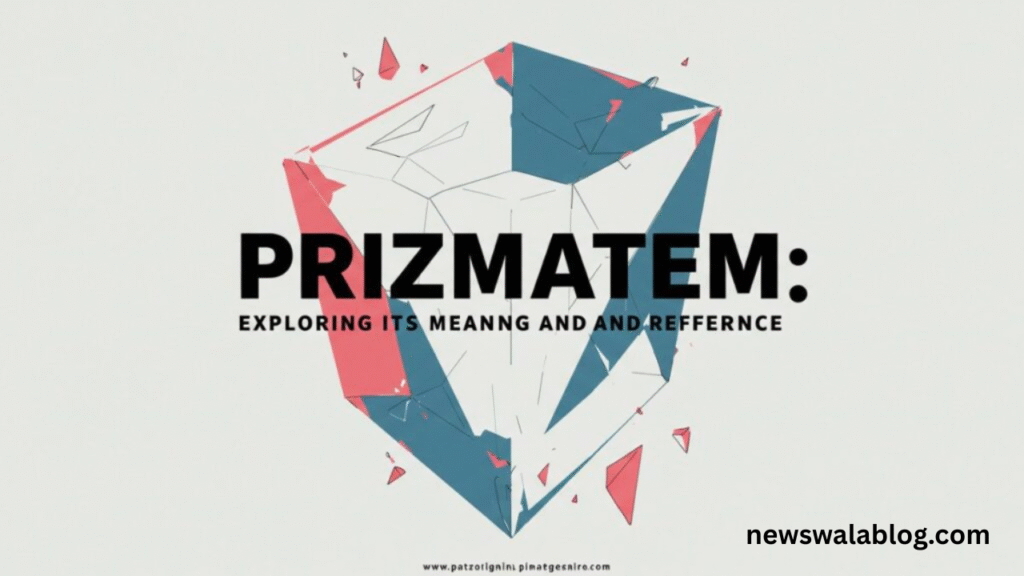
A few recurring pitfalls can undermine prizmatem if you aren’t careful. The first is over-decomposition: splitting a problem into so many pieces that decision paralysis sets in. Keep decomposition useful — aim for a handful of clear components, not dozens. The second mistake is recomposing around internal preferences rather than user evidence; always test recomposed ideas with real users or realistic proxies. The third trap is skipping measurement: if you don’t set clear success metrics during recomposition, you’ll struggle to know which experiments to scale. Avoid these mistakes by keeping cycles short, outcomes measurable, and user impact central to every decision.
Measuring success with prizmatem
Measurement in prizmatem is practical and targeted. Start with three KPIs that map to your recomposed output: one behavioral metric (engagement, conversion), one qualitative signal (user feedback, NPS snippet), and one efficiency metric (time-to-launch, cost per test). Use these to judge experiments quickly. Capture both directional signals (is interest rising?) and concrete performance (did conversions improve?). Over time, your measurement log becomes a repository of validated patterns that inform future recompositions.
Scaling prizmatem across teams
To embed prizmatem across an organization, create lightweight templates and a short training ritual. A one-page decomposition template and a 30–60 minute team workshop to practice recomposition are all you need to start. Encourage teams to publish brief experiment reports and to hold short show-and-tell sessions where learnings are shared. The low-friction nature of prizmatem makes it suitable for cross-functional adoption: marketing, product, design, and analytics can all use the same language, which reduces handoff friction and speeds up learning cycles.
Conclusion
prizmatem is a versatile, human-centered way to turn complex challenges into clear, testable work. By separating inputs, prioritizing what matters, and recomposing with user needs in mind, teams deliver better outcomes faster. The framework scales because it’s deliberately light: minimal templates, short experiments, and clear metrics make it easy to adopt and hard to ignore. If your goal is to bring clarity to messy problems and create a repeatable approach to innovation, prizmatem is a practical tool to add to your repertoire.
Frequently Asked Questions
What is prizmatem in one sentence?
prizmatem is a framework for breaking complex ideas into components, prioritizing by human impact, and recombining those components into testable solutions.
Who should use prizmatem?
Any team that needs clearer planning and faster learning—product teams, marketing groups, designers, and content strategists benefit most.
How long does it take to see results with prizmatem?
You can run meaningful experiments within days; consistent weekly cycles typically yield visible improvements within a few iterations.
Do I need special tools to apply prizmatem?
No—start with simple documents, spreadsheets, and short team workshops; the method prioritizes process over tooling.
What’s the biggest benefit of prizmatem?
The biggest benefit is clarity: better decisions, faster tests, and outcomes guided by user needs rather than assumptions.
read more: Skip the Germs: The Smart Way to Stay Protected Every Day
Blog
What Does “Telemetryczny” Mean? A Complete Practical Guide
Published
2 days agoon
October 7, 2025By
Owner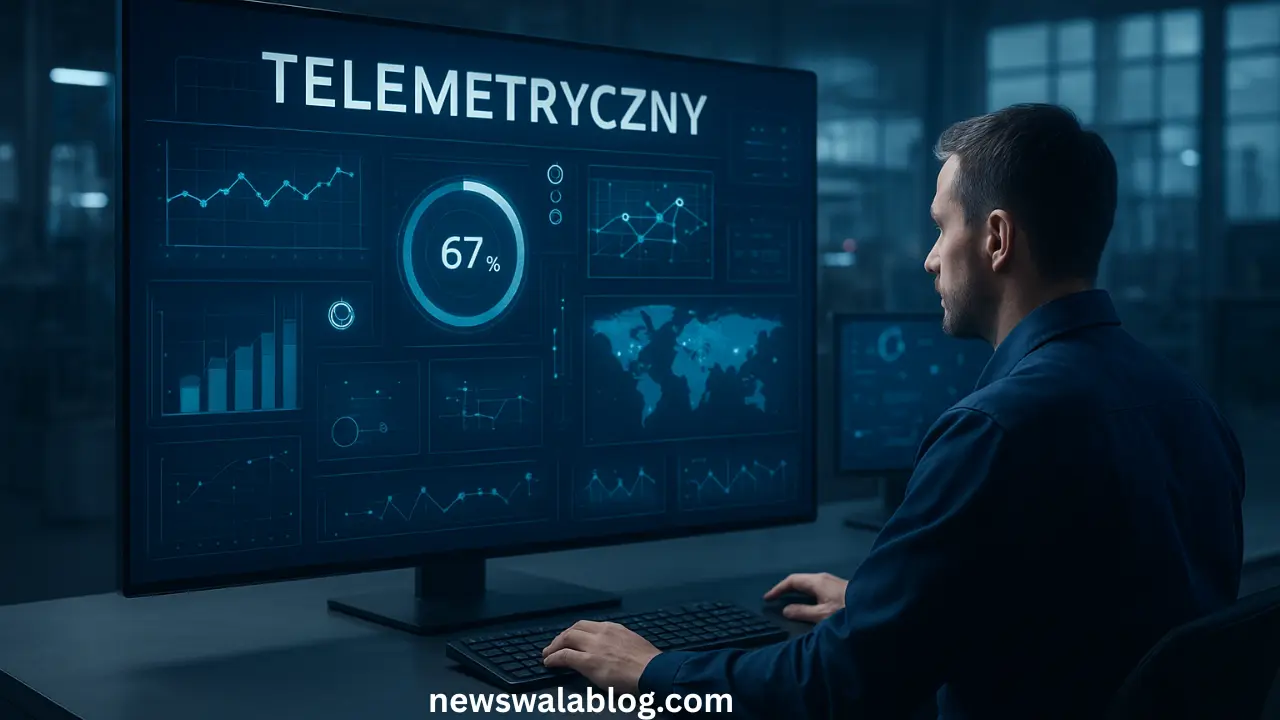
The term telemetryczny comes from Polish and refers to anything related to telemetry — the science of remotely measuring, transmitting, and analyzing data. In modern industries, telemetryczny describes technologies and systems that collect live data from devices, vehicles, or processes and send it to a central system for analysis. Engineers, fleet managers, IT specialists, and manufacturers use telemetryczny tools to gain real-time visibility and improve decision-making. This article explains in simple and professional language what telemetryczny means, how it works, where it’s used, its advantages, and what to consider before implementation.
How a Telemetryczny System Works
Every telemetryczny system follows the same fundamental structure: sensors, communication modules, a transmission network, and an analytical platform.
Sensors measure physical parameters — such as temperature, pressure, GPS position, or vibration — and convert them into digital data. These signals are then transmitted via cellular, satellite, or radio networks to a cloud or server where they are stored and analyzed.
Depending on the setup, a telemetryczny system can operate in real time (for critical alerts and automation) or in batch mode (for periodic reports and trend analysis). The success of any telemetryczny implementation depends on three key factors: accuracy of measurement, reliability of transmission, and quality of data models. If any of these fail, the entire telemetryczny solution loses its value.
Common Uses of Telemetryczny Systems
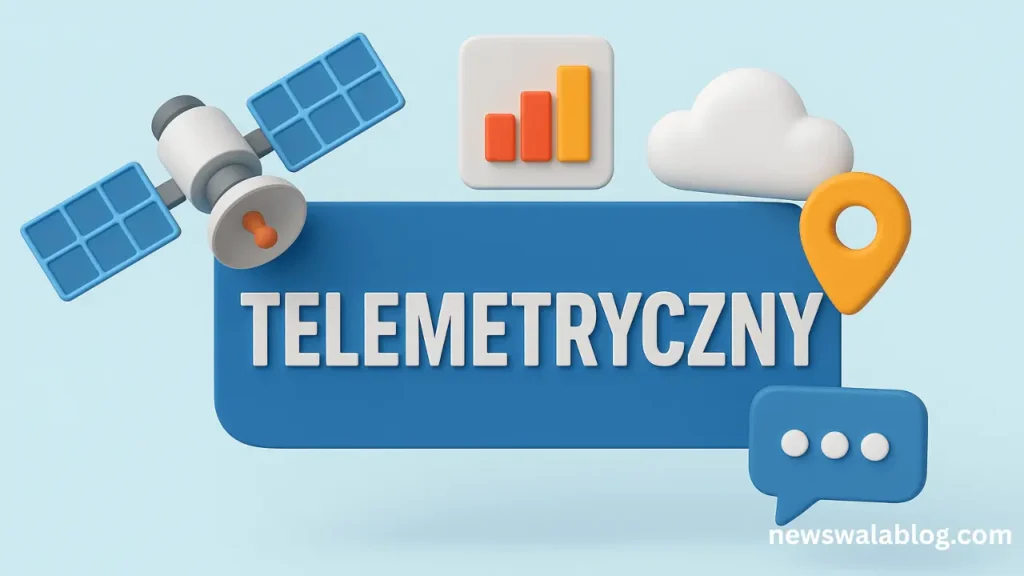
Telemetryczny systems are now used across almost every major industry.
- Transportation and Fleet Management: Telemetryczny tracking helps monitor vehicle routes, fuel use, and driver behavior. Fleet operators reduce costs and improve safety through data-driven insights.
- Industrial and Manufacturing: Factories use telemetryczny monitoring to track machine performance, detect anomalies, and schedule maintenance before failures occur.
- Energy and Utilities: Power companies use telemetryczny networks to monitor grid performance, detect outages, and manage energy distribution efficiently.
- Healthcare: Telemetryczny medical devices transmit vital signs from patients to doctors, enabling remote monitoring and faster response times.
- IT and Cloud Systems: Telemetryczny data in the digital world refers to logs, metrics, and traces used for observability — helping teams detect performance issues before they impact users.
Benefits and Challenges of Telemetryczny Solutions
Adopting a telemetryczny strategy offers major benefits:
- Continuous visibility into operations
- Reduced downtime and maintenance costs
- Faster decision-making through real-time insights
- Improved safety and efficiency
However, telemetryczny systems also introduce challenges. They produce large amounts of data that require scalable storage and powerful analytics. Integrating telemetryczny devices with older (legacy) systems can be complex. Security is another concern — every connected device must be protected to prevent data leaks or cyberattacks. To succeed, organizations must carefully plan how data is collected, processed, and used.
Implementation Steps for a Telemetryczny Project
- Define your goals: Decide which key performance indicators (KPIs) you want to measure and what alerts or reports are needed.
- Select the right hardware: Choose sensors with the right accuracy, transmission modules, and connectivity options (Wi-Fi, LTE, satellite).
- Design the data architecture: Plan how data will be structured, transmitted, and stored.
- Ensure security: Use encryption, device authentication, and proper access control.
- Test in phases: Start with a pilot telemetryczny deployment to fix any issues before scaling up.
- Maintain and monitor: Update firmware regularly, monitor device health, and ensure system uptime.
These steps guarantee that your telemetryczny system remains reliable and scalable as your operations grow.
Measuring Success and KPIs
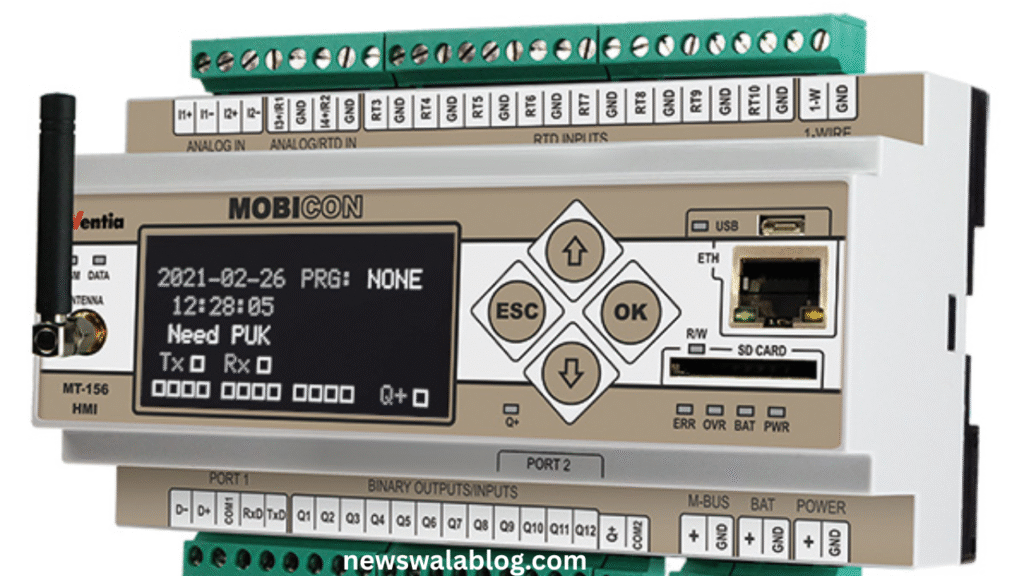
Success in a telemetryczny project depends on clear and measurable outcomes. Common KPIs include:
- Reduced equipment downtime
- Lower repair costs
- Improved energy or fuel efficiency
- Faster response times to system alerts
Also, track data quality metrics such as missing data rate, transmission delay, and number of false alerts. High data accuracy ensures that your telemetryczny solution delivers real business value.
SEO and Content Optimization for Telemetryczny Topics
If you’re creating educational or marketing content about telemetryczny solutions, focus on clarity and usefulness. Google rewards pages that help readers understand complex topics through examples, checklists, and direct answers. Use structured headings, short paragraphs, and detailed explanations — this helps both users and search engines understand your page and boosts your chances of ranking higher.
Conclusion
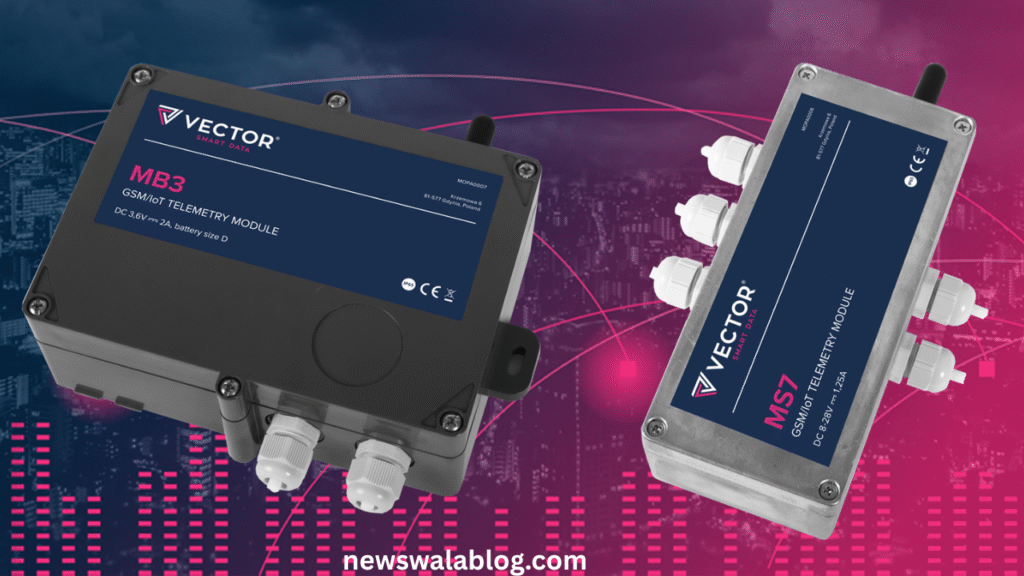
The concept of telemetryczny is the backbone of modern digital monitoring. It powers everything from smart vehicles and industrial automation to remote healthcare and IT infrastructure. A well-designed telemetryczny system provides real-time insights, predictive maintenance, and data-driven decision-making — giving businesses a strong competitive edge.
Yet success doesn’t depend on technology alone. It requires careful planning, secure data practices, and a clear understanding of business goals. When executed correctly, telemetryczny solutions quickly prove their value, improving efficiency, safety, and overall productivity.
FAQs
1. What does telemetryczny mean?
Telemetryczny is a Polish term meaning “telemetric” — related to remote measurement and data transmission systems.
2. Where are telemetryczny systems used?
They are used in transportation, healthcare, industry, energy management, and IT for remote monitoring and data analysis.
3. What are the benefits of telemetryczny technology?
It improves operational visibility, reduces costs, increases safety, and enables predictive maintenance.
4. What challenges do telemetryczny systems face?
Challenges include managing large data volumes, integrating with older systems, and ensuring cybersecurity.
5. How can I start implementing a telemetryczny solution?
Begin by defining clear goals, selecting sensors and connectivity, ensuring data security, and testing on a small scale before full deployment.
read more : Who is malia manocherian? Vision, Work & Impact
Blog
How doge software licenses audit hud is Transforming Government Software Management
Published
4 days agoon
October 5, 2025By
Owner
In recent years, government agencies have faced growing challenges in managing software licenses efficiently. The rise in digital tools, enterprise applications, and cloud-based solutions has made license compliance increasingly complex. This is where doge software licenses audit hud comes into play. It is a comprehensive audit system designed to monitor, evaluate, and optimize software license usage, ensuring that agencies like the Department of Housing and Urban Development (HUD) are not overspending on unused or redundant software.
The implementation of doge software licenses audit hud not only ensures legal compliance but also improves transparency and operational efficiency. By keeping track of software deployments and usage patterns, agencies can make informed decisions about which licenses are necessary and which can be eliminated, ultimately saving taxpayer money and enhancing productivity.
Importance of software license audits in government agencies
Software license audits are critical for government agencies because they prevent unnecessary spending and ensure compliance with licensing agreements. Agencies often purchase large volumes of software licenses without fully tracking usage, leading to inefficiencies. By conducting audits, agencies can identify unused licenses, prevent legal liabilities, and maintain accurate records.
The doge software licenses audit hud provides an organized approach to this challenge. It offers real-time insights into license distribution, usage frequency, and compliance status, which allows decision-makers to optimize resources effectively. Government agencies, including HUD, benefit from a structured audit system that ensures each software license is properly accounted for, aligning with best practices in financial management and IT governance.
How doge software licenses audit hud works

The doge software licenses audit hud operates through a centralized dashboard that collects, tracks, and analyzes license data across an organization. It identifies discrepancies, flags unused licenses, and generates comprehensive reports for management. Here’s how it works in practice:
- Inventory Collection: The system scans all software installations across the agency and logs metadata such as version, license type, and user activity.
- Compliance Monitoring: Each license is checked against the terms and conditions of its agreement, ensuring no violations occur.
- Usage Analysis: The audit identifies underutilized or unused licenses, highlighting opportunities for cost reduction.
- Automated Reporting: Managers receive detailed reports on license allocation, utilization rates, and compliance status.
- Optimization Recommendations: The dashboard suggests which licenses can be consolidated or eliminated, improving efficiency and lowering costs.
This systematic approach ensures that doge software licenses audit hud provides both accuracy and actionable insights, helping HUD and other agencies make strategic decisions.
Key findings from audits in HUD and other agencies
Recent audits conducted using doge software licenses audit hud have revealed striking inefficiencies in software allocation within federal agencies. For example, HUD audits uncovered over 11,000 unused Adobe Acrobat licenses and tens of thousands of ServiceNow licenses, many of which had minimal active users. Similarly, the General Services Administration (GSA) was found to have tens of thousands of WinZip licenses exceeding employee requirements, while the Small Business Administration (SBA) had multiple redundant licenses for various cloud-based tools.
These findings highlight the need for rigorous auditing procedures. By implementing doge software licenses audit hud, agencies can pinpoint areas where resources are wasted, prevent unnecessary renewals, and negotiate better licensing agreements. Beyond financial savings, these audits improve IT management and ensure agencies comply with licensing regulations.
Features and benefits of the audit HUD
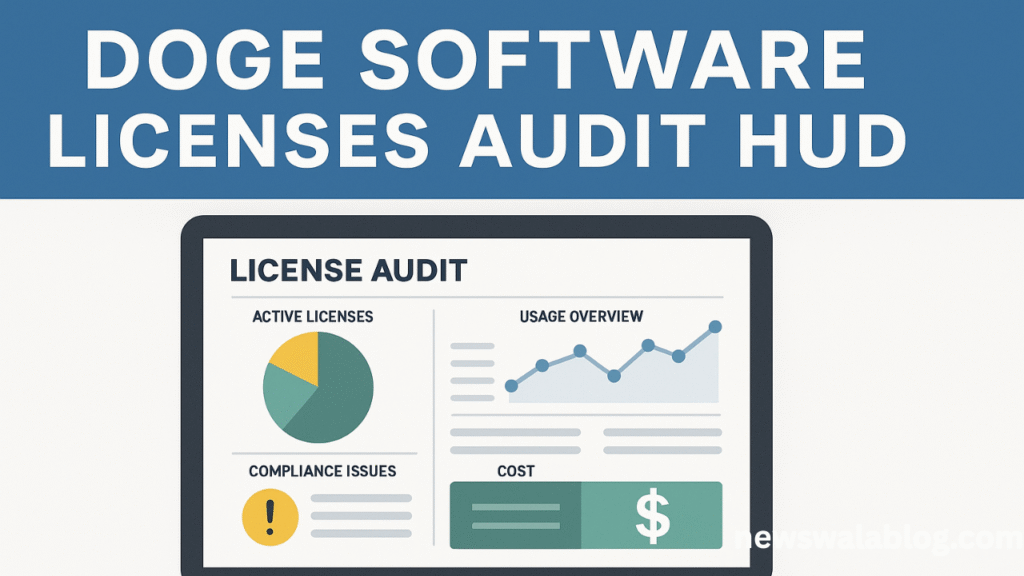
The doge software licenses audit hud comes with several key features that make it an essential tool for modern government IT management:
- Comprehensive Dashboard: Offers an at-a-glance view of all licenses, usage patterns, and compliance status.
- Real-Time Monitoring: Continuously tracks software deployments and usage across multiple platforms.
- Automated Alerts: Notifies management about license expirations, underutilization, or compliance risks.
- Policy Enforcement: Allows agencies to set rules for license management and flag non-compliant installations.
- Analytics and Optimization: Provides insights into cost-saving opportunities and efficiency improvements.
The benefits are significant: agencies reduce unnecessary expenditures, ensure compliance, and improve operational efficiency. The doge software licenses audit hud ultimately streamlines software management while providing a clear, auditable trail for accountability purposes.
Financial and operational impacts
The financial impact of using doge software licenses audit hud is considerable. By identifying unused and redundant licenses, agencies can reclaim millions of dollars annually. For instance, HUD saved significant funds by eliminating thousands of unused software licenses identified through the audit HUD. Similarly, SBA and GSA were able to reduce licensing costs by reassigning or canceling surplus software subscriptions.
Operationally, the audit system enhances workflow efficiency. IT departments spend less time manually tracking licenses and more time focusing on strategic initiatives. Furthermore, compliance risk is minimized, as the system ensures that agencies adhere to licensing agreements and avoid potential legal penalties.
Challenges and criticisms
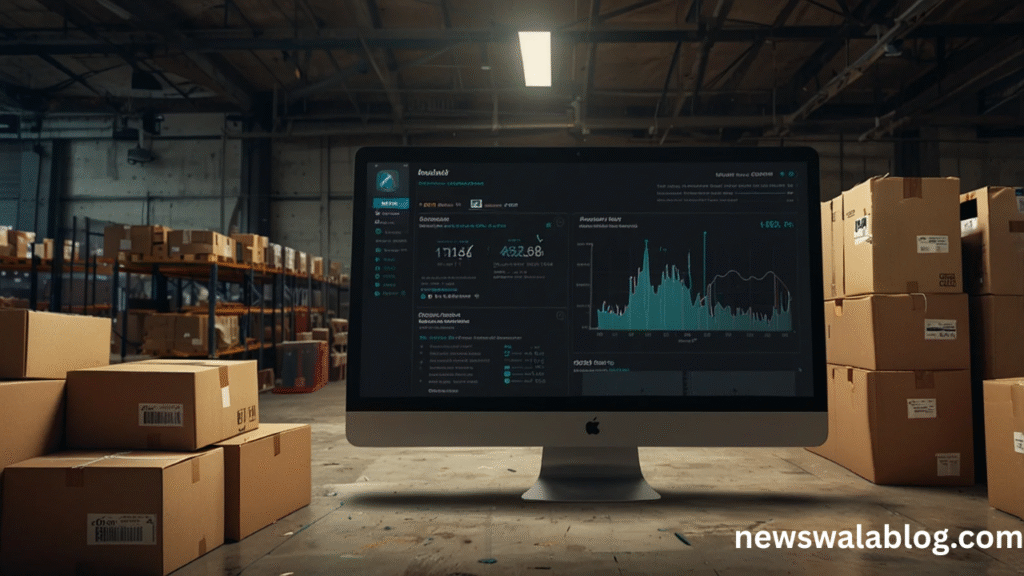
Despite its advantages, doge software licenses audit hud faces some challenges. Some experts argue that license discrepancies may not always indicate inefficiency; software may be licensed per device or for backup purposes, which can complicate audit results. Additionally, managing a centralized audit system requires careful planning and integration with existing IT infrastructure.
Privacy and data security are also critical considerations. Agencies must ensure that audit systems do not expose sensitive data during license tracking and reporting. Addressing these challenges requires ongoing refinement of audit procedures and collaboration between IT, procurement, and compliance teams.
Best practices for organizations implementing audits
Organizations looking to implement doge software licenses audit hud effectively should follow these best practices:
- Regularly Update License Inventories: Ensure that software records are current and reflect actual usage.
- Integrate with IT Systems: Connect the audit HUD with existing enterprise systems for automated data collection.
- Set Clear Policies: Define acceptable usage rules and compliance thresholds.
- Conduct Periodic Reviews: Schedule audits at regular intervals to maintain license compliance.
- Train Staff: Educate employees about proper software usage and the importance of compliance.
By adhering to these practices, agencies can maximize the benefits of doge software licenses audit hud while minimizing operational risks.
Conclusion
The doge software licenses audit hud is a powerful tool for modern government software management. By providing comprehensive insights into license usage, compliance, and optimization opportunities, it helps agencies like HUD, GSA, and SBA save millions of dollars while improving operational efficiency. While challenges exist, careful planning, integration, and adherence to best practices can ensure maximum benefits.
In an era where digital resources are central to government operations, tools like doge software licenses audit hud are indispensable for maintaining accountability, transparency, and financial prudence.
FAQs
1. What is doge software licenses audit hud?
It is a centralized system that tracks, analyzes, and optimizes software license usage in government agencies.
2. Why is software license auditing important for HUD?
Audits prevent wasted spending, ensure compliance, and improve operational efficiency.
3. How does doge software licenses audit hud identify unused licenses?
The system analyzes usage patterns and flags licenses with minimal or no active users.
4. Can doge software licenses audit hud save money for government agencies?
Yes, by identifying redundant or unused licenses, agencies can reclaim millions in costs.
5. What challenges does doge software licenses audit hud face?
Challenges include integration complexity, privacy concerns, and correctly interpreting license allocation rules.
read more : Soa os23: Complete Guide for Contractors and Bidders
Trending
-

 Celebrity2 months ago
Celebrity2 months agoPeter Kay Weight Loss The Incredible Transformation of Britain’s Beloved Comedian
-

 Entertainment1 month ago
Entertainment1 month agoErazno y La Chokolata The Ultimate Hispanic Comedy Radio Experience
-

 Food & Drink1 month ago
Food & Drink1 month agoDiscover the Authentic Taste of Бишкоти ди Прато Italy’s Most Beloved Almond Biscuits
-

 Entertainment1 month ago
Entertainment1 month agoThe Complete Guide to Crusader Crossword Puzzles
-

 Celebrity2 months ago
Celebrity2 months agoJalen Green Girlfriend Complete Guide to His Dating Life and Relationships
-

 Entertainment1 month ago
Entertainment1 month agoKirby Dedo The Ultimate Guide to Kirby Finger Puppets and King Dede Collectibles
-

 News2 months ago
News2 months agoManchester City 115 Charges Verdict Everything You Need to Know About the Historic Case
-

 Business2 months ago
Business2 months agoUK Printer Security Alerts A Complete Guide to Protecting Your Organization

